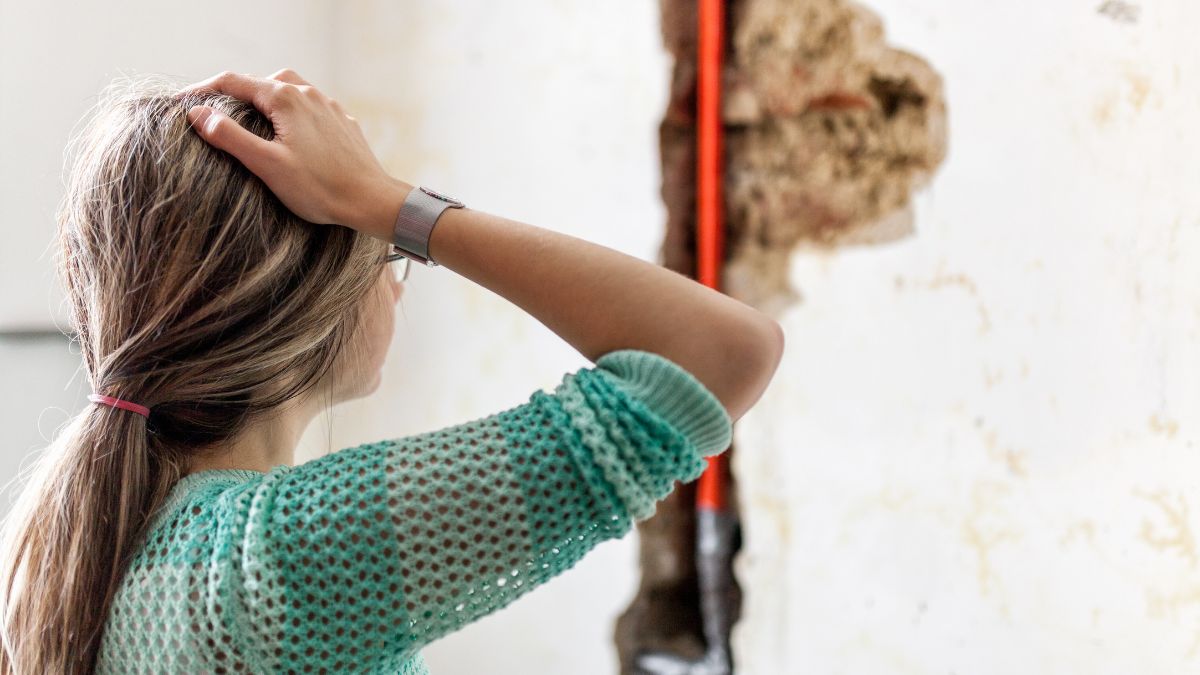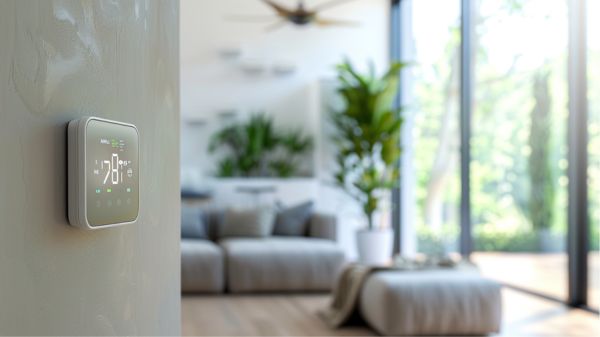In the quest for energy efficiency and cost savings, uncovering hidden energy wasters in your home is paramount. One such culprit is air leaks, which not only result in energy loss but also bring about other undesirable consequences. By addressing these leaks, homeowners can create a more comfortable and environmentally controlled living space.
In this article, we will delve into the importance of tackling air leaks, provide methods for detection, identify common locations, and outline the benefits of sealing them. Join us as we explore how to optimize your home’s energy efficiency and reduce utility costs.
Importance of Addressing Air Leaks
Addressing air leaks is crucial for ensuring energy efficiency and maintaining a comfortable indoor environment in your home. Energy saving techniques, such as sealing air leaks, play a significant role in reducing energy consumption and utility bills.
But the impact of air leaks goes beyond energy savings. Air leaks can have a detrimental effect on indoor air quality. Cracks and holes in the shell of your home allow outdoor pollutants, dust, and allergens to enter, compromising the air you breathe.
Additionally, air leakage can carry heated or cooled air out of your home, making it harder to maintain a consistent temperature. By sealing air leaks, you not only save on energy costs but also improve your indoor air quality, creating a healthier and more comfortable living environment for you and your family.
Methods for Finding Air Leaks
Detecting air leaks in your home can be accomplished through various methods using professional expertise and equipment.
One effective method is using thermal imaging, which helps identify temperature differences in surfaces and detect areas where air is leaking. By using thermal imaging, professionals can pinpoint specific locations that require sealing.
Another method is the blower door test, which measures the air tightness of your home. During this test, a powerful fan is installed in an exterior door, and the pressure difference between the inside and outside is measured. This helps identify areas where air is leaking and provides valuable information for sealing.
Both thermal imaging and the blower door test are reliable and efficient methods for finding air leaks in your home, ensuring optimal energy efficiency and comfort.
Common Locations for Air Leaks
Air leaks in walls, ceilings, and floors are common culprits for energy wastage in homes. These leaks can lead to a significant loss of heating and cooling energy, accounting for up to 30% of energy consumption. It is crucial to identify and fix air leaks effectively to increase energy efficiency and reduce utility bills.
To determine if your home has air leaks, there are several signs to look out for. Drafts, noticeable temperature differences between rooms, and a constant need for heating or cooling are indications of air leakage. Additionally, if you notice dust, insects, or pollutants entering your home, it may be a sign of gaps or holes in the shell.
To fix air leaks effectively, start by sealing cracks and gaps in walls, ceilings, and floors. Use caulk or weather-stripping to seal around windows, doors, and electrical outlets. Insulating these areas can also help prevent air leaks. Consider consulting with professionals who offer insulation services and expertise in addressing air leaks.
By sealing air leaks, you not only reduce energy loss but also improve the comfort of your home. A properly sealed home is quieter, as it prevents outdoor noise intrusion. It also helps maintain a healthier indoor environment by preventing moisture, insects, dust, and pollutants from entering.
Addressing air leaks effectively can save you hundreds of dollars annually in utility costs. So, take the necessary steps to identify and fix air leaks in your walls, ceilings, and floors, and enjoy the benefits of an energy-efficient and comfortable home.
Benefits of Sealing Air Leaks
Sealing air leaks in your home offers a range of benefits that go beyond just energy savings. One important benefit is the improvement in indoor air quality. Air leaks can allow pollutants, dust, and even insects to enter your home, affecting the cleanliness and healthiness of the air you breathe. By sealing these leaks, you can effectively prevent these contaminants from entering your living spaces, creating a healthier environment for you and your family.
Additionally, sealing air leaks can help reduce noise infiltration from the outdoors, making your home quieter and more peaceful.
While some homeowners may choose to tackle air sealing as a DIY project, it’s important to note that the effectiveness of DIY air sealing may vary. For optimal results, it is recommended to consult professionals who can provide expert guidance and ensure thorough sealing of air leaks.
Conclusion
In conclusion, addressing air leaks in your home is crucial for optimizing energy efficiency and reducing utility costs. By identifying and sealing these leaks, homeowners can create a more comfortable and environmentally controlled living space while enjoying the benefits of cost savings and increased comfort.
With the assistance of reputable companies, homeowners can easily find and seal air leaks, improving the energy efficiency of their homes and reducing their environmental impact.




